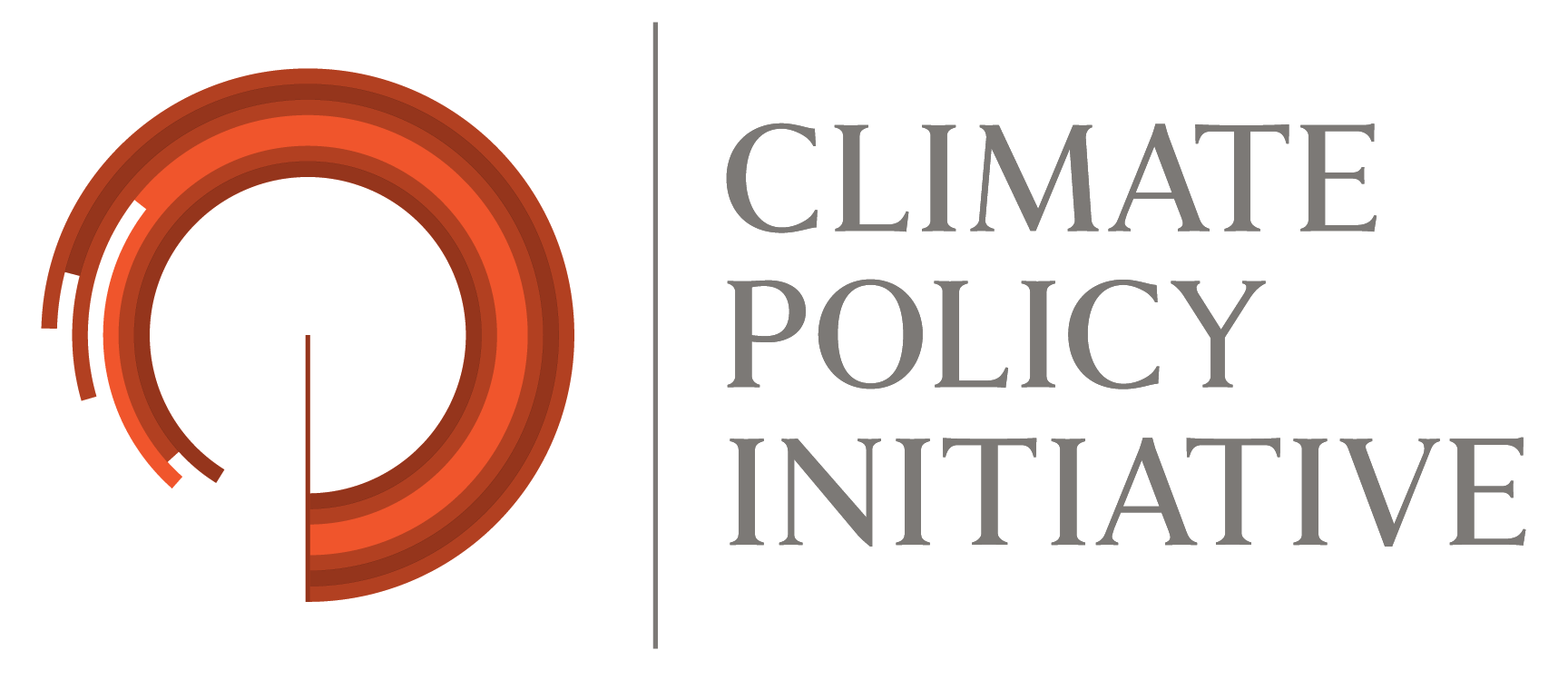Tropical forests are one of the world’s most powerful yet underused tools against climate change. They store vast carbon stocks and offer exceptional potential for large-scale CO2 removal through natural regeneration. But despite proven conservation and restoration successes, efforts remain inconsistent and vulnerable to political shifts and competing pressures. The scale and diversity of the forest agenda demand financial incentives that address all three key issues: halting deforestation, protecting standing forests, and driving large-scale restoration.
While JREDD+ has long provided a recognized framework for reducing deforestation and the newly proposed TFFF targets the protection of standing forests, a critical gap remains in climate finance regarding country-level incentives for forest restoration. RDM can fill this void, serving as a model for mechanisms that reward jurisdictions for restoring ecosystems. By generating carbon removal credits, RDM directly supports climate mitigation while also strengthening the resilience of tropical forests, safeguarding biodiversity, and reducing the risks of crossing ecological tipping points.
Built on jurisdictional, results-based payments, RDM is scalable, adaptable, and designed to work alongside existing mechanisms. In this way, the jurisdictional and results-based designs of JREDD+, TFFF, and RDM are mutually reinforcing, providing a flexible, fit-for-purpose financial architecture for forests. By connecting financial incentives to measurable restoration outcomes, RDM demonstrates how well-designed mechanisms can translate international commitments into tangible action on the ground.
Importantly, RDM operates within an established international forest regime, building on decades of multilateral agreements, conventions, and initiatives. Recent guidance from the first Global Stocktake at COP28 has already directed countries to halt and reverse deforestation, highlighting the urgent need for mechanisms like RDM. Simulations confirm that RDM can not only make a substantial contribution to climate mitigation but also channel significant revenues to countries with tropical forests.
COP30, to be held in the Amazon, is a unique opportunity to bring forest finance to the center of global climate action. Anchoring international climate ambition in the world’s largest tropical forest can catalyze political commitment and channel resources to the countries best positioned to deliver both restoration and conservation at scale.
If adopted, this approach can transform tropical forests into lasting climate assets—boosting carbon sequestration, curbing deforestation, safeguarding biodiversity, and supporting forest-dependent communities. But the window to act is closing fast. Mobilizing political will, financial resources, and cross-sector partnerships is essential to unlock the full climate, ecological, and economic potential of tropical forests.

